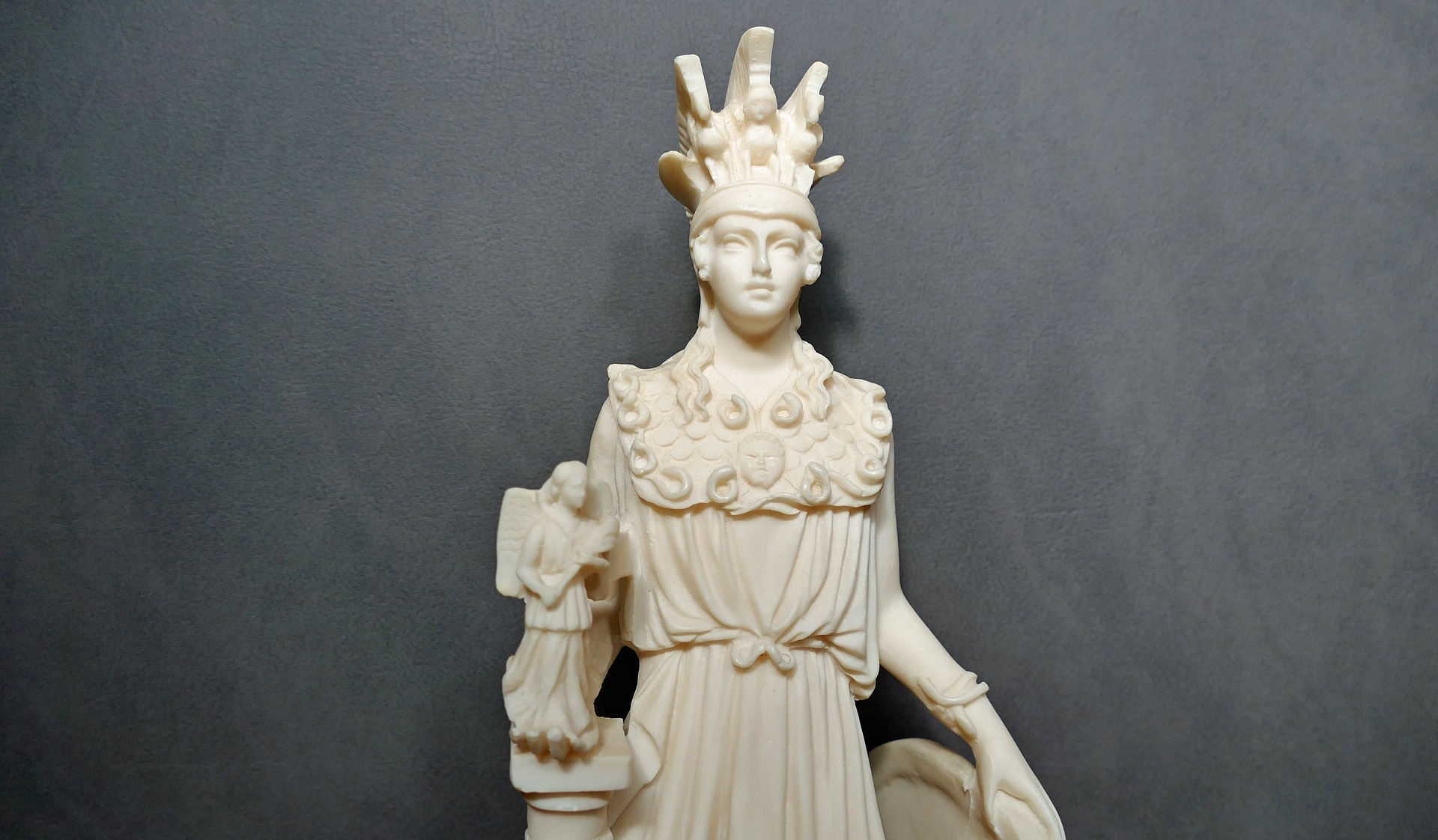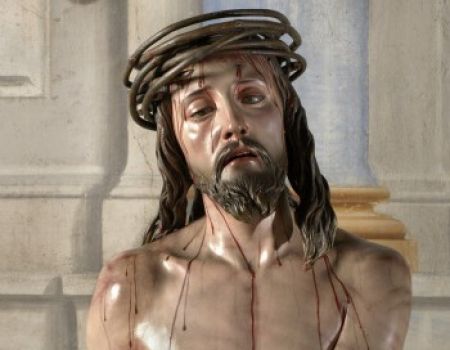Traditional Leather Processing technique s in Spain
Country of the crafting :Spain
Region of the crafting :Andalucía
Town of the crafting :Ubrique
Type of the crafting :Fur and skin
1. Geographic Area
Leather production has a time of splendour in the south of Spain, in the Arab kingdoms of Al-Andalus. the city of Cordoba became famous for its production of high quality leather, embossed, polychrome and, in some cases, metallized with applications of fine gold and silver leaf. the industry is not equally distributed in the Spanish territory. On the contrary, a number of Area s concentrate most of the industrial activity, while most of the territory hardly develops this type of activity. It is unknown what the daily life of the craftsmen was like in the 14th century, but there is a document, the Quadern de Comptes, which is a kind of very rudimentary account book that comes from Jaume March and his son Bernat March and that provides us with a lot of information about the leather trade in Vich and the region.
2. Craft Characteristics
- Resistant: Although it depends a lot on the type of animal it comes from, leather is by definition a very resistant material to all kinds of external forces or agents, not for nothing it is so popular within almost any line of clothing or furniture.
- Strong fabric: Resistance to traction and tearing, was one of the best materials in antiquity, were created even armor because of how strong and lightweight it is. Don’t be afraid, if you want clothes or furniture with a high resistance this is the material.
- Breathable: This quality is very good, it allows water and therefore sweat to pass through. This feature is one of the many that make it an excellent material for clothing models, especially shoes or T-shirts. It is also useful in gloves.
- Moldable: It is a very versatile material, its great capacity for malleability means we can mold it to our liking and adapt it to all kinds of clothes, machines or even vehicles. Isn’t that great? It is also very cheap (although it depends a lot on the type of leather)
3. Tecnique
- Remove the skin from the animal’s flesh. Skin the animal by placing it on its back, on a slope when possible. Use a good hunting knife to skin the animal and a gut hook knife to gut it.
- Start by removing the sexual organs.
- Cut the animal from the tail to the throat.
- Peel the skin with your fingers or a knife.
- Split the sternum, extend the rib cage and remove the organs.
- Turn the animal over and finish removing the skin.
4. Materials
Leather is the name given to animal skin treated by tanning. It comes from a layer of fabric that covers the animals and has properties of strength and flexibility appropriate for subsequent handlingThe layer of skin is separated from the body of the animals, the hair or wool is removed, except in cases where this hair coverage is to be preserved in the final result, and then it is subjected to a tanning process. the leather is used as a primary material for other processing. the art of developing the leather for the achievement of manufactured products is called leather goods, a word that comes from the Moroccan, a type of leather glossy and thin.
5. History
Leather has played an important role in the development of civilization. Since prehistoric times, man has used animal skins to meet his basic needs. He has used leather to make clothes, coats, carpets and even decorative items. For the Egyptian lady, a piece of fur was highly valued as a jewel. Leather, artificial shoes, belts, clothing, liquid containers, boats and even armor. the main protective armor of the Roman soldier was a heavy leather shirt.
Traditional Leather Processing technique s crafting Presentation









